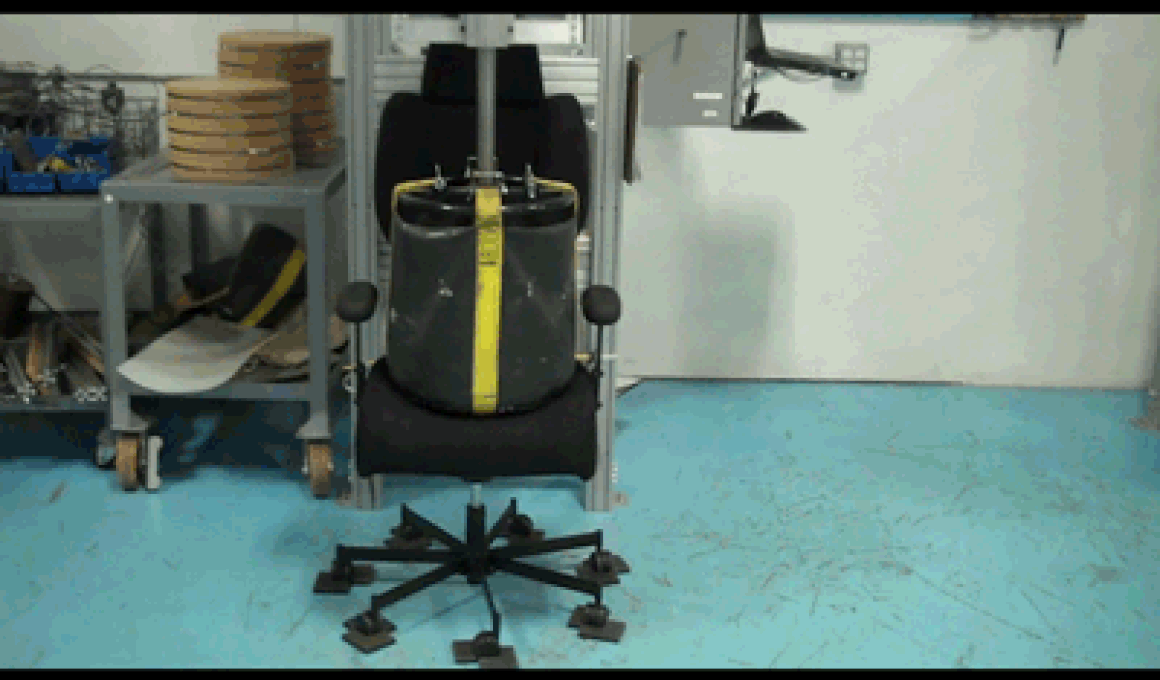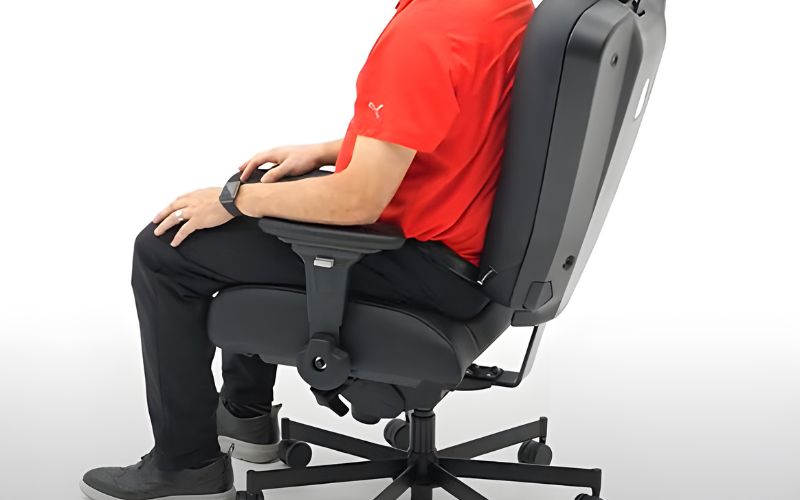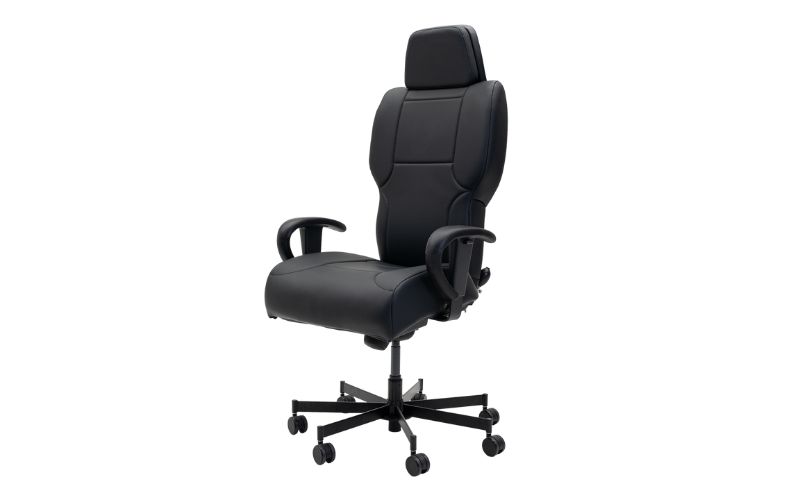When it comes to selecting seating for environments which require 24/7 operation, understanding the standards that ensure safety, durability, and structural integrity is not just beneficial—it’s essential. Two key benchmarks in this field are FNEW-83-269E and ANSI/BIFMA X5.1, each serving a critical role in guiding the production and selection of high-quality seating solutions. While both standards are pivotal in their own rights, they cater to specific aspects of chair performance and are often mistakenly conflated or misunderstood in terms of their application and importance.
The FNEW-83-269E and ANSI/BIFMA X5.1 are testing standards that each impacts the overall quality and suitability of office chairs. By demystifying these standards, organizations will have actionable insights to make informed decisions when choosing durable, non-stop seating solutions that promote workplace comfort and health. Understanding these benchmarks is the first step towards ensuring that seating not only meets the expected demands but also supports the well-being and productivity of those who use it around the clock.
Understanding ANSI/BIFMA X5.1
ANSI/BIFMA X5.1 is a set of standards developed by the Business and Institutional Furniture Manufacturers Association (BIFMA), which specifies the requirements for safety, durability, and structural integrity of office seating. This standard is widely recognized across various industries for ensuring that chairs can withstand normal daily use.
A key aspect of ANSI/BIFMA X5.1 is its focus on testing protocols to evaluate aspects such as the chair’s stability and its durability under repeated stress. These tests include evaluations like backrest strength, seat drop impact, and arm strength, among others. This ensures that chairs not only provide comfort but are also built to last and safe to use in various professional environments.
Crucially, ANSI/BIFMA X5.1 serves as a prerequisite for more specialized standards like FNEW-83-269E. Chairs must first meet the baseline requirements set forth in ANSI/BIFMA X5.1 before they can be considered for further testing under the FNEW standard. This progression underscores the importance of ANSI/BIFMA X5.1 as a foundational benchmark in the office furniture industry, setting a reliable standard for the initial assessment of a chair’s performance in commercial settings.
By adhering to the ANSI/BIFMA X5.1 standards, manufacturers and organizations can ensure that their seating solutions are not only ergonomically supportive but also safe to use in normal office conditions.
Exploring FNEW-83-269E
FNEW-83-269E is an advanced standard that builds on the foundations laid by ANSI/BIFMA X5.1, designed specifically to meet the needs of seating used in continuous, 24/7 environments such as emergency operations centers, casinos, and control rooms. This standard is particularly rigorous, focusing on the ability of a chair to withstand extremely high levels of use and abuse beyond typical office furniture standards.
What sets FNEW-83-269E apart is its heightened requirements for durability and structural integrity. The tests under this standard involve applying heavier weight loads and more cycles of stress to simulate extended usage scenarios. For instance, where ANSI/BIFMA X5.1 might require a chair to withstand a certain number of drops or weight impacts, FNEW-83-269E demands resilience against a significantly greater number and intensity of these impacts to ensure that chairs can handle the non-stop use found in high-stakes environments.
These elevated standards are crucial because 24/7 chairs must not only be comfortable but also exceptionally durable and reliable. The failure of a chair in such settings isn’t just inconvenient; it can be critical to the safety and effectiveness of the operations being conducted.
Understanding the rigorous criteria of FNEW-83-269E helps organizations appreciate why specific chairs are recommended for high-demand environments. Chairs that meet the FNEW-83-269E standard are designed to ensure that they provide sustained comfort, support, and reliability, thus contributing to better focus, fewer injuries, and greater overall productivity in settings that operate around the clock.
Comparative Analysis: ANSI/BIFMA X5.1 vs. FNEW-83-269E
Understanding the differences between ANSI/BIFMA X5.1 and FNEW-83-269E is crucial for selecting the right chairs for 24/7 or intensive use environments. This comparison chart outlines the key distinctions in test processes, weight loads, and cycle requirements between these two standards.

This comparative analysis highlights that while ANSI/BIFMA X5.1 sets the groundwork for safety and durability, FNEW-83-269E adds a layer of rigorous testing that is essential for furniture used in environments where chairs are in use virtually non-stop.
ANSI/BIFMA X5.1 is primarily focused on ensuring that chairs can handle the day-to-day demands of an office setting. It tests for durability and structural integrity that satisfy the general needs of most office workers.
FNEW-83-269E, on the other hand, is tailored for scenarios where furniture must endure far greater stresses due to continuous, around-the-clock use. The standard ensures that chairs can withstand the increased physical demands of environments like emergency dispatch centers or 24-hour gaming facilities, where failure of a chair could disrupt critical operations.
This detailed understanding of how the standards differ and the specific types of testing each includes makes it clear why choosing the right standard for certification is critical depending on the operational demands of the environment.
The Benefits of Meeting These Standards
Chairs that meet the stringent requirements of ANSI/BIFMA X5.1 and FNEW-83-269E standards provide significant benefits not only to the organizations that use them but also directly to the end users who spend considerable amounts of time seated. Here are some of the key advantages:
Enhanced Safety: Both standards ensure that chairs have passed critical safety tests, reducing the risk of accidents due to chair malfunctions. This is particularly important in high-stakes environments where even small disruptions can lead to significant consequences.
Long-Term Durability: The rigorous testing required by FNEW-83-269E, in particular, guarantees that chairs are capable of withstanding extreme conditions over longer periods. This durability translates into fewer replacements, reduced downtime, and lower long-term costs for organizations.
Consistent Comfort: Continuous comfort is vital in 24/7 operations. Chairs certified under these standards are designed to support prolonged use without compromising on comfort, thus preventing discomfort and fatigue among users.
Improved Productivity: Comfortable and reliable seating helps maintain high levels of productivity. When employees are not distracted by discomfort or the need to adjust their chairs frequently, they can focus better on their tasks.
Workplace Well-being: Ergonomically designed chairs that meet these high standards contribute to better posture, reduced risk of musculoskeletal disorders, and overall enhanced well-being of employees. This is crucial in settings where workers are seated for extensive periods.
By investing in chairs that comply with ANSI/BIFMA X5.1 and FNEW-83-269E, organizations can ensure they are providing their workforce with seating that promotes health, safety, and efficiency. These standards are not just about meeting regulatory requirements; they are about contributing to a workspace that values and protects its employees. This focus on quality and comfort is critical for maintaining productivity and satisfaction in any 24/7 operation.





